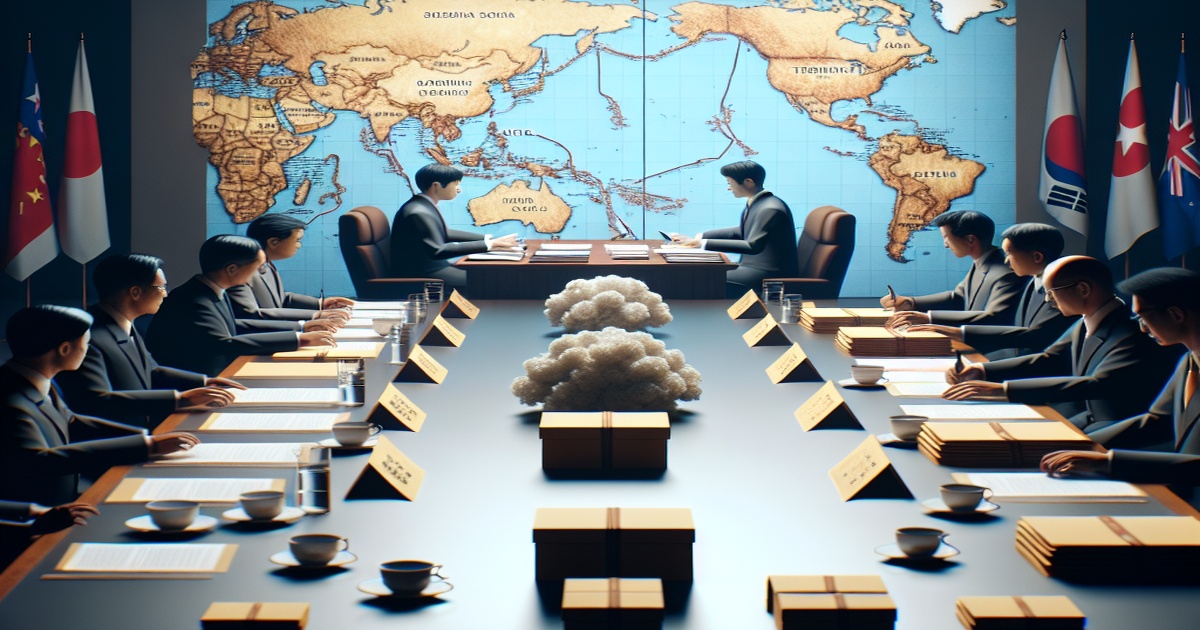Fighter bombers from a naval aviation brigade under the PLA Northern Theater Command were recently observed flying in formation during a combat readiness patrol.
The Chinese Defense Ministry addressed claims from Japan regarding "close encounters" between their aircraft. A spokesperson stated that the monitoring of Japanese reconnaissance aircraft within China's East China Sea Air Defense Identification Zone (ADIZ) was legitimate and conducted professionally. The spokesperson emphasized that the Japanese aircraft were the ones approaching China for reconnaissance purposes.
Responding to Japan's assertion that a Chinese military aircraft flew "unusually close" to a Japanese aircraft, the spokesperson explained that Japanese Air Self-Defense Force reconnaissance aircraft had repeatedly entered China's East China Sea ADIZ for close-in surveillance. The Chinese military aircraft responded by lawfully verifying, identifying, tracking, and monitoring the situation, with all actions being justified, reasonable, professional, and up to standard.
Japan's Defense Ministry reported two recent incidents where Chinese military planes allegedly flew "unusually close" to Japanese aircraft over the East China Sea. The first involved a Chinese JH-7 fighter bomber approaching a Japanese YS-11 intelligence-gathering aircraft, while the second involved a similar encounter with another Japanese YS-11 aircraft.
This is not the first instance of Japan highlighting such encounters. In June, the Japanese Defense Ministry claimed a Chinese carrier-borne fighter jet flew "unusually close" to a Japanese Self-Defense Force aircraft during a period when two Chinese aircraft carriers were operating in the Pacific. The Chinese spokesperson had previously stated that the Chinese Navy's aircraft carrier groups were conducting routine training in the Western Pacific, and that Japanese ships and aircraft had repeatedly approached, harassed, and created safety risks. The spokesperson maintained that the Chinese training was in international waters, complied with international law, and that the Chinese response to Japanese actions was reasonable and lawful.
A Chinese military affairs expert noted that Japan's claims of "unusually close" encounters were a case of "the thief crying stop thief," highlighting that the Japanese spy reconnaissance aircraft were the ones conducting close-in reconnaissance near China. The expert emphasized that the close-in reconnaissance and harassment by Japanese vessels and aircraft are the root cause of maritime and aerial security risks between China and Japan. The Chinese Defense Ministry spokesperson expressed hope that Japan would work with China to foster a conducive atmosphere for the stable development of bilateral relations.







5 Comments
Comandante
Japan probably was doing some reconnaissance, but 'close encounters' are too aggressive. It's a deliberate tactic.
Raphael
China has every right to defend its ADIZ. It's a matter of national security.
Leonardo
Good on China for monitoring Japanese reconnaissance aircraft. They're just doing their job.
Michelangelo
Good to see China standing up to Japanese provocations.
Matzomaster
The hope for 'stable bilateral relations' rings hollow when actions don't match the words.